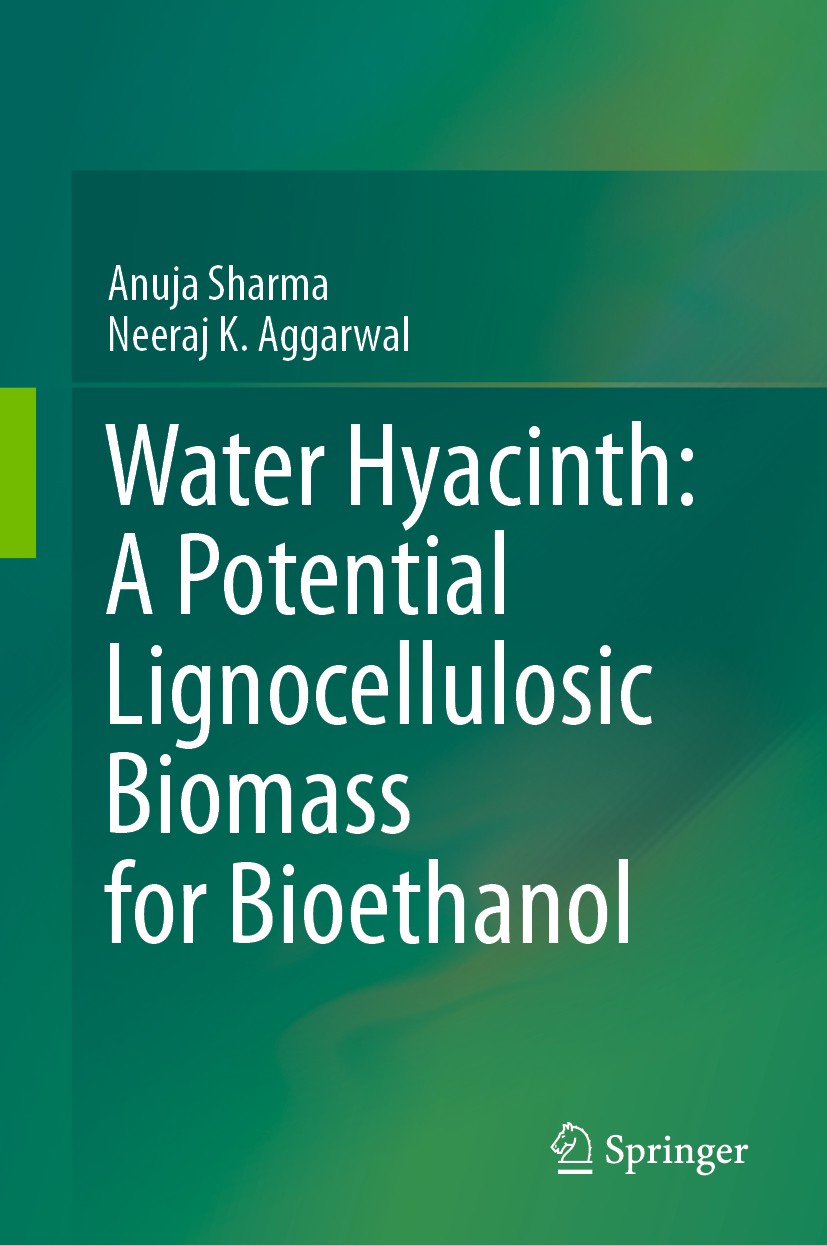| 书目名称 | Water Hyacinth: A Potential Lignocellulosic Biomass for Bioethanol | | 编辑 | Anuja Sharma,Neeraj K. Aggarwal | | 视频video | http://file.papertrans.cn/1021/1020944/1020944.mp4 | | 概述 | Discusses the global status of and current advances in biofuel production, such as the role of genetic engineering and recombinant fermentative microorganisms along with research developments in biofu | | 图书封面 |  | | 描述 | .This book discusses the production of bioethanol from water hyacinth, a potential source of lignocellulosic biomass. Biofuels, as an alternative to fossil fuels, not only ensure energy security but also mitigate air pollution and reduce greenhouse emissions. Biofuels can be produced from sugar- and starch-rich food crops (first-generation biofuel) or lignocellulosic biomass (second-generation biofuel). However, the overexploitation of conventional lignocellulosic sources such as agro-industrial residues, dedicated herbaceous, hardwoods and softwoods and forest residues may lead to problems in terms of land management and biodiversity conservation. Non-conventional sources include industrial cellulosic waste, municipal solid waste and weeds. Of these, weeds are an attractive lignocellulosic source due to their prevalence and easy availability. .Eichhornia crassipes,. commonly known as water hyacinth, is one of the world’s most invasive weeds due to its rapidproliferation rate, efficient survival strategies in extreme conditions, and it has a significant impact on the environment, ecological communities, human health and socioeconomic development. Strategies including physical remov | | 出版日期 | Book 2020 | | 关键词 | Bioethanol; Biological Pretreatment; Lignocelluloses; Ligninolytic Enzymes; Water hyacinth; Bioethanol Pr | | 版次 | 1 | | doi | https://doi.org/10.1007/978-3-030-35632-3 | | isbn_ebook | 978-3-030-35632-3 | | copyright | Springer Nature Switzerland AG 2020 |
The information of publication is updating

|
|
 |Archiver|手机版|小黑屋|
派博传思国际
( 京公网安备110108008328)
GMT+8, 2025-11-3 14:15
|Archiver|手机版|小黑屋|
派博传思国际
( 京公网安备110108008328)
GMT+8, 2025-11-3 14:15


